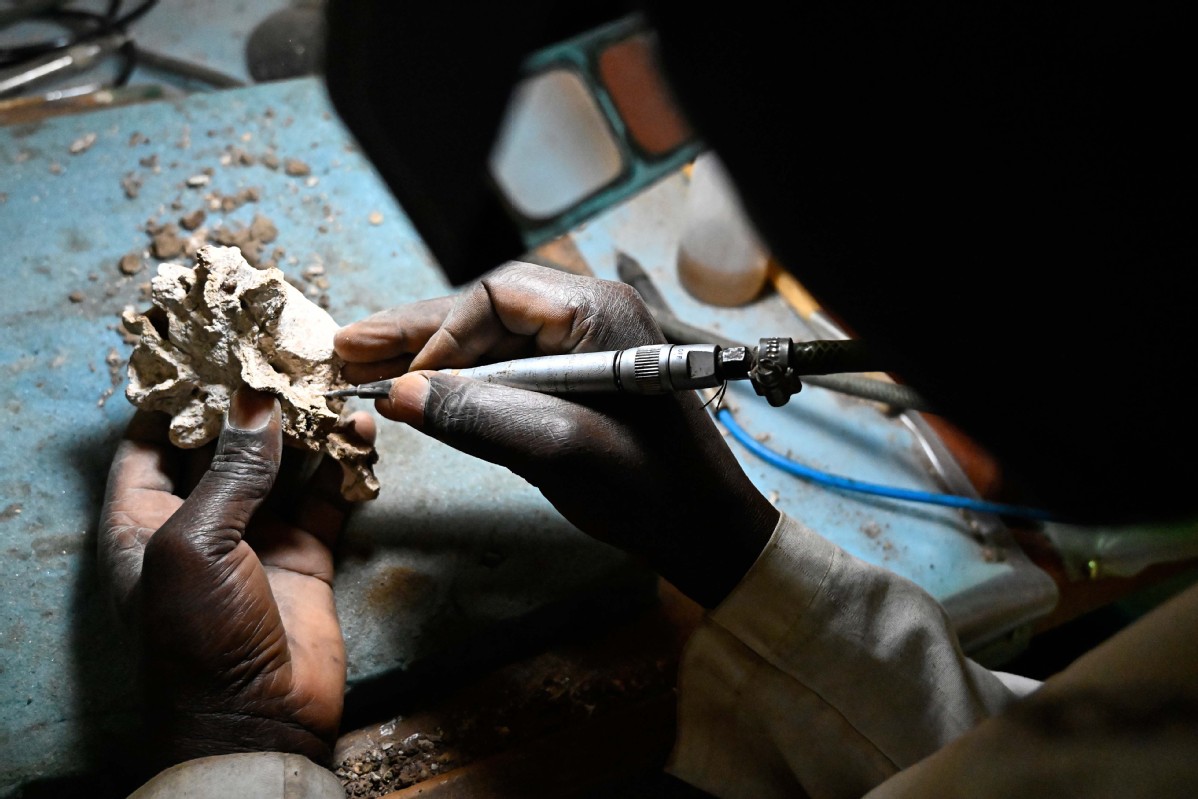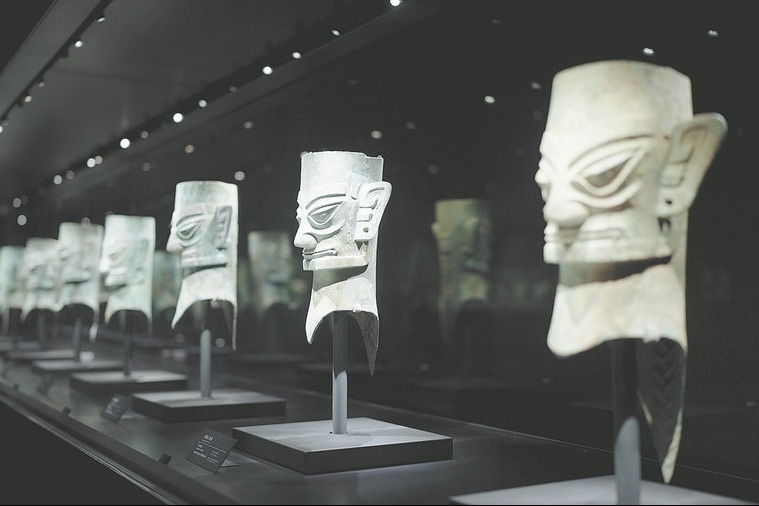Mysteries lie in wait in Kenya's museum
China Daily | Updated: 2019-08-12 09:23

NAIROBI, Kenya - The only hint that something extraordinary lay inside the plain wooden drawer in an unassuming office behind Nairobi National Museum was a handwritten note stuck to the front: "Pull Carefully".
Inside, a monstrous jawbone with colossal fangs grinned from a bed of tattered foam: the only known remains of a prehistoric mega-carnivore, larger than a polar bear, that researchers only this year declared a new species.
"This is one-of-a-kind," said Kenyan paleontologist Job Kibii, holding up the 23-million-year-old bones of the newly-discovered giant, Simbakubwa kutokaafrika, whose unveiling made headlines around the world.
But the remarkable fossils were not unearthed this year, or even this decade. They weren't even found this century.
For nearly 40 years, the specimens - proof of the existence of Africa's largest-ever predator, a 1,500-kilogram meat eater that dwarfed later hunters like lions - lay in a nondescript drawer in downtown Nairobi.
Museum staff knew the bones were something special - they just didn't know what exactly. A source of intrigue, dusted off on occasion for guests, Simbakubwa lay in wait, largely forgotten.
How did these fossils, first excavated on a dig in western Kenya in the early 1980s, go unrecognized for so long?
Kibii, who presides over the National Museums of Kenya's paleontology department, a collection unrivaled in East Africa and one of the world's great fossil treasuries, has a pretty good idea.
"We have tons and tons of specimens, ... that haven't been analyzed," he said.
"We've run out of space," said Kibii, pausing between dusty archival shelves crammed floor to ceiling with finds, dating back more than half a century.
"In this section alone, we have more than 1 million specimens."
Even the windowsills are littered with the petrified remains of all manner of weird and wonderful creatures.
Between 7,000 and 10,000 new fossils arrive at the lab every year, Kibii says, overwhelming his 15-member staff who must painstakingly clean and log each specimen.
By law, fossils uncovered in Kenya must go to the museum for "accessioning" - the process of labeling, recording and storing for future generations.
Even today though, the museum lacks specialists and resources.
Kibii is one of just seven paleontologists in Kenya. He trained in South Africa because there was no course available at home.
"It's important because Kenya is the cradle of human evolution," said collections manager Francis Muchemi, who learned his skills on the job.
"We have very few Kenyans doing this job. Ninety-nine percent of the people who work here are foreign."
Kibii said paleontology was considered a lower priority than conserving Africa's endangered wildlife.
"This one has been in the ground for millions of years. What are you saving it from?" he said, paraphrasing the prevailing attitude to the science.
He hopes to acquire collapsible shelves to create space in the collection.
"Simbakubwa is telling a new story. What if, among these thousands, we have 10, 20, new stories that are lying, waiting to be told? That's always the mystery."
Agence France-Presse
























